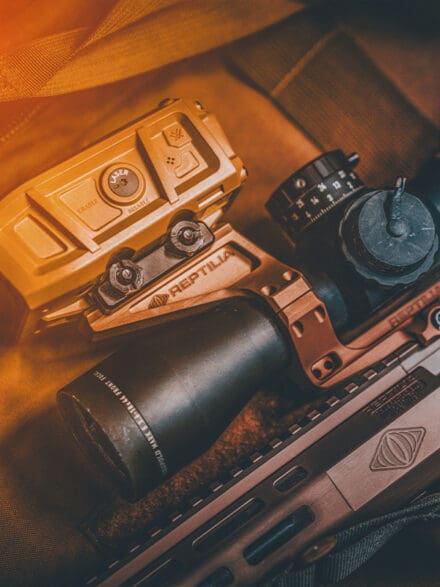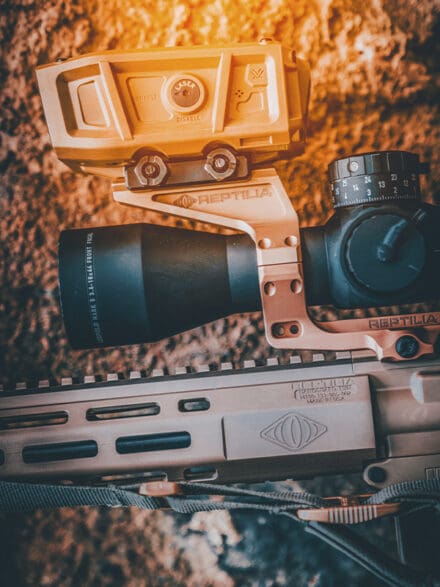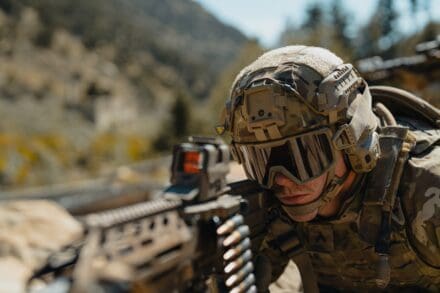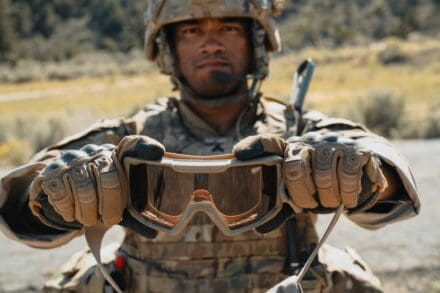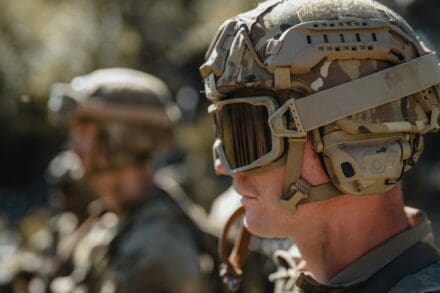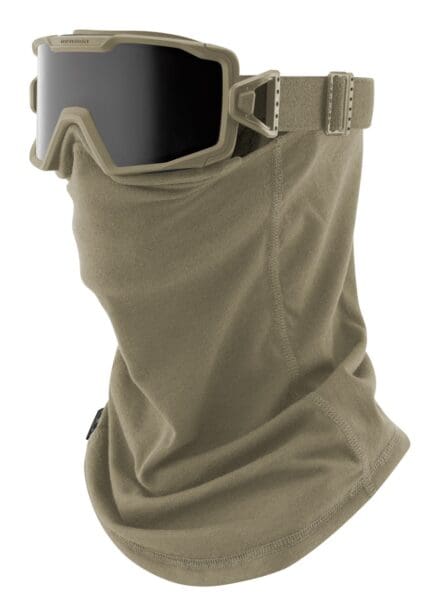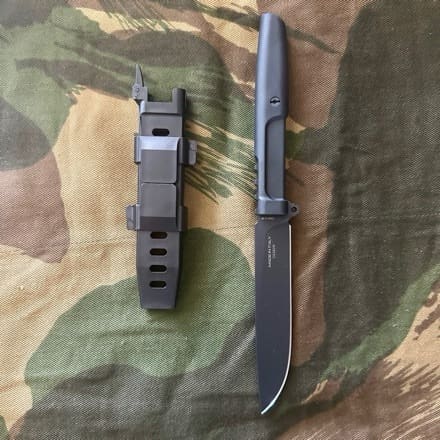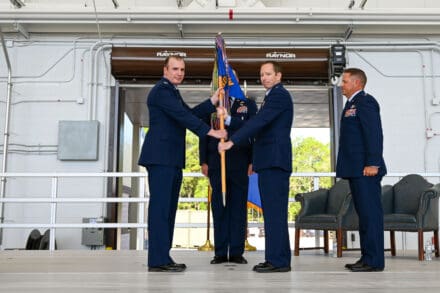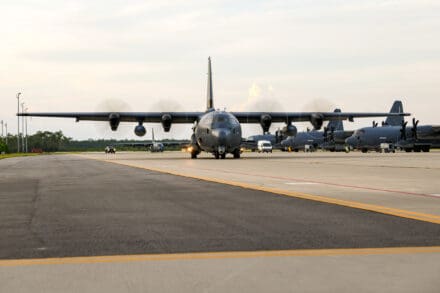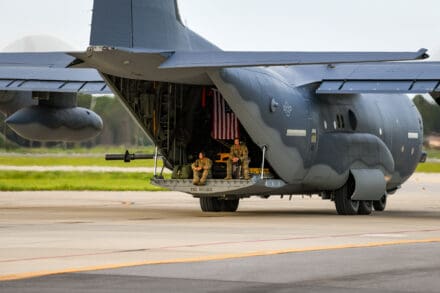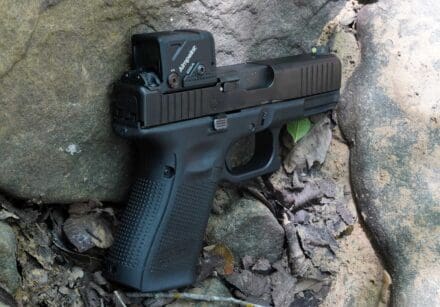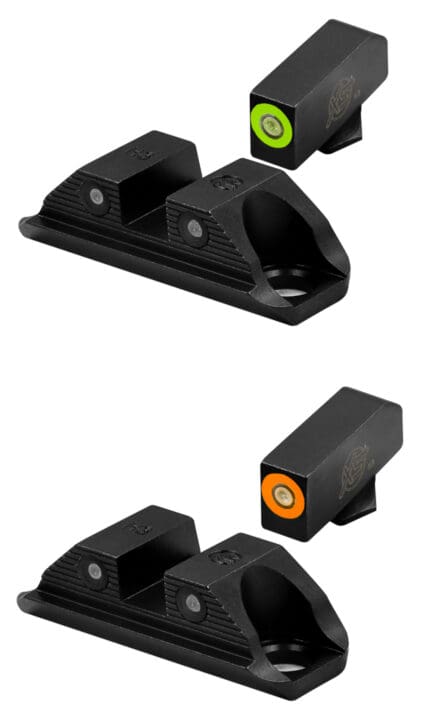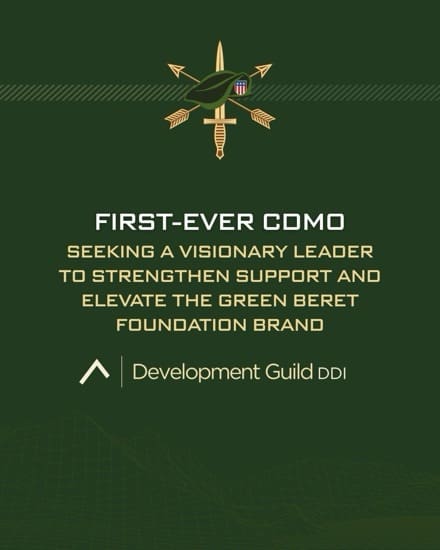Rheinmetall has received various orders from Estonia and Lithuania for the delivery of infantry ammunitions. The orders have a total value of around €33 million.
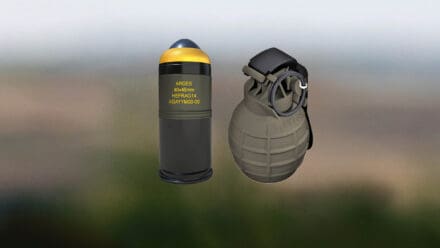
Estonia awarded Rheinmetall a framework contract in the second quarter of 2025 for the delivery of hand grenades. Splinter grenades are to be delivered in 2026 and 2027, and offensive hand grenades from 2026 to 2029 – in significant numbers in each case. The order is worth around €17 million gross.
Back in December 2024, Lithuania had already placed an order with Rheinmetall for several tens of thousands of 40 mm x 46 high-explosive fragmentation (HE Frag) combat cartridges. The order is worth around €16 million gross. The ammunition is to be delivered in 2026 and 2027.
As a “one-stop shop” for 40 mm systems Rheinmetall is one of the world’s leading suppliers of ammunition, weapon systems and firing control systems in this field. Rheinmetall’s 40 mm x 46 low-velocity ammunition can be used in all standard grenade launchers and attachable grenade launchers in this calibre. It reaches a velocity of 76 m/s and has an effective range of 400 metres. Other NATO countries also use this modern ammunition.
Compared to LV cartridges, the new 40 mm x 46 Medium Velocity (MV) ammunition has an acceleration of around 100 m/s and a flat trajectory, so targets can be attacked faster and hence, increases the effective range to 900 m. In 2025, Rheinmetall will bring its Squad Support Weapon 40 to series production, the world’s first magazine-fed automatic shoulder-fired grenade launcher, capable of firing MV and LV ammunition. In combination with the broad spectrum of Rheinmetall’s 40 mm LV/MV ammunition portfolio, infantry users will achieve unprecedented flexibility and effectiveness on the battlefield.
Rheinmetall’s 40 mm ammunition range also includes 40 mm x 53 ammunition (high velocity) for automatic grenade launchers. This has a muzzle velocity of 130 m/s and a range of up to 2,000 metres.


